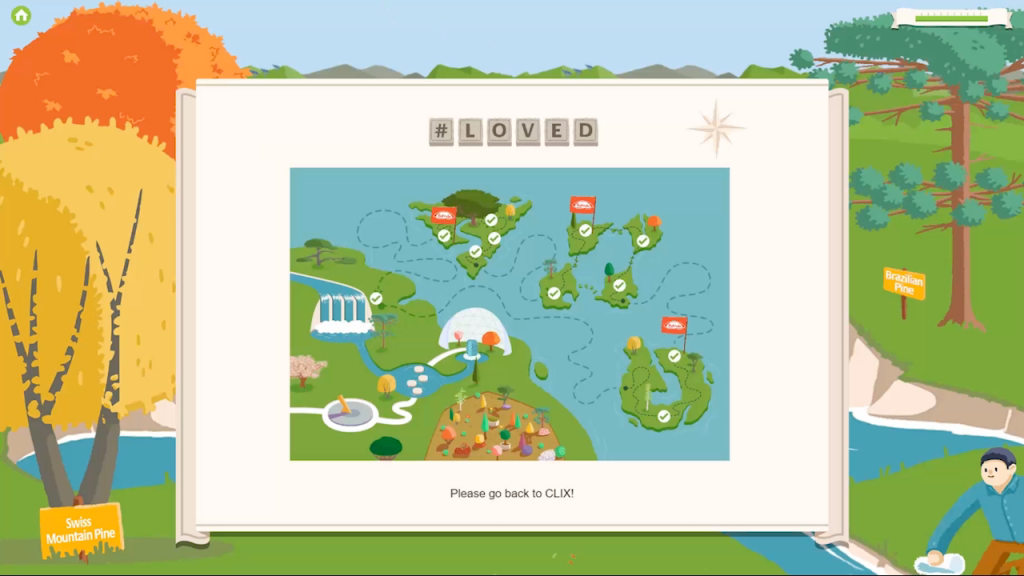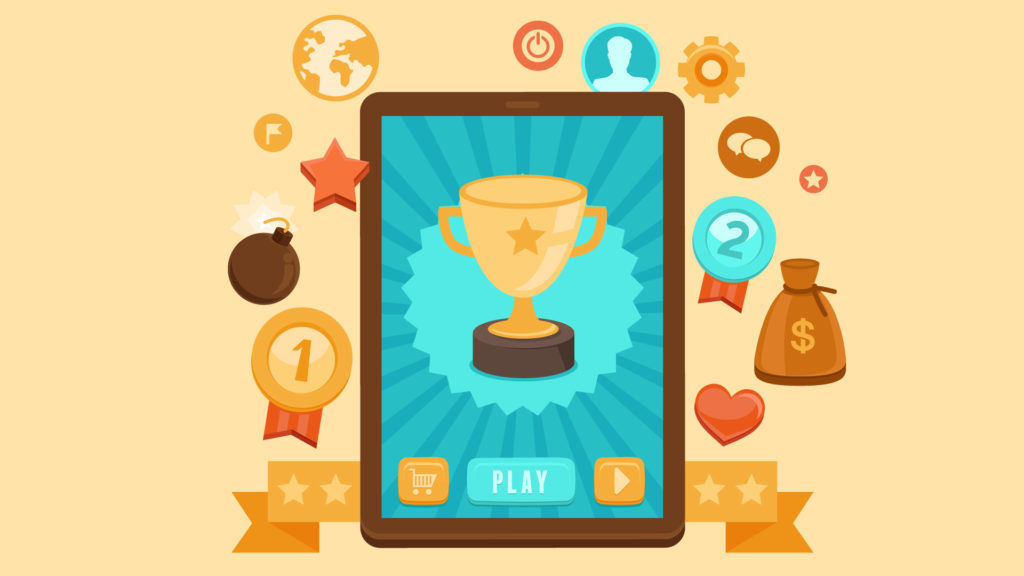There is no doubt that technology and animated programs are transforming business models. One of the latest strategies for large companies is to introduce gamification into the workplace.
If you’re wondering what gamification is, it’s a program that adopts principles of video games which can be integrated with your website or app. Game mechanics such as reward points, badges and challenges act as motivators, but the game itself is designed to encourage staff and aid learning.
The concept of gamification has been around since the late 19th century. During that time, animation has mostly been used for marketing like this Facebook game we made for Coca-Cola. Over the last decade, the concept has become mainstream and adopted by companies for use in the workplace.
The gamification industry is currently estimated to be around $5.5bn and projected to grow to roughly $11.1 bn in the next two years.
The main reason for the dramatic uptick is because gamification is starting to find a pivotal role in the business world. Because of its ability to induce engagement and drive loyalty, it is being used as a way to improve staff training, team building and motivation.
It works because it leverages desire, provides a sense of community, rewards achievement and offers instant feedback. In essence, it triggers human emotion and promotes healthy competition that helps drive us forward.
Employee Training
Large companies that are presented with the challenge to motivate staff during training sessions often find traditional methods are laborious and partially ineffective. Subsequently, technologies that incorporate animated video are being used as a solution.
Gamification strikes a balance between achieving an objective and teaching employees how to perform a task and develop new skills. Not only is this a fun way to spend your day, it’s an interactive way of learning that helps people absorb and retain more information.
When designing the program for a gamification project, it’s important to remember that the objective of the application is to gamify the process. Rewards are given as an incentive and help people to concentrate harder.
The program should include actives that engage users with problem solving and activities that encourage students to perform an action whilst developing knowledge and skills.
That’s not to say that every gamification app has to mimic your exact business operations. You can program anything you want that challenges the user, such as tackling world poverty to picking an England 11 that will win the World Cup.
Trust Building and Staff Motivation
It’s human nature to perform better as an individual when you are part of a team. Furthermore, we are more motivated when we like the people we work with.
Playing games with other people promotes the bonding process – especially if the players are part of the same team. Your staff can have a good time and build trust in the process.
But the game elements within applications are not only designed for fun and engagement. They elicit collaboration and productivity.
The latest research on how gamification helps motivation and learning showed that applications have a positive impact on all age groups whether they are accustomed to playing video games or not.
The latest research on how gamification helps motivation and learning showed that applications have a positive impact on all age groups whether they are accustomed to playing video games or not.
Employee Loyalty
Staff retention can be a headache for a lot of large companies. Young workers want their job to be more than a monthly pay packet. It has to be engaging, offer good benefits and have a career path.
Advancements in digital technology is encouraging more companies to adopt computer applications to help keep the brightest young minds engaged. Studies show that gamification improves employee loyalty.
Using game mechanics to rate your staff gives managers the capacity to rethink your approach to performance. And that can be across any number of key indicators including turning up to work on time and the amount of absenteeism.
Setting targets have proved to be a motivator in its own right, but by introducing a leaderboard, gamification takes office competition to the next level.
Historically, one of the obstacles managers are challenged with is to provide relevant feedback to all their staff members. Computerising feedback through automated programs provides employees with instant gratification when managers are too busy to deliver a pat on the back in person until the next review date.
The bottom line is that we all love games at heart and when the office is an enjoyable environment to be, training is engaging and teams have a strong bond, why would anybody want to leave!










